White Himalayan Haze
Cannabinoid THC Dominant
THC 6 - 10%
CBD 0.01 - 0.05%
Effect Happy
Side Effect Paranoia
Flavor Vanilla
All AboutWhite Himalayan Haze Strain
THC
CBD
Potency
White Himalayan Haze is a Sativa-dominant hybrid known for its uplifting effects and moderate THC levels ranging from 6% to 10%. This strain blends flavors of vanilla and strawberry with a nutty finish, making it a treat for the palate.
Effects, Medical and Recreational Uses
Offering a happy and sedated effect, this cannabis strain is popular for managing stress and is especially beneficial for medical cannabis users with multiple sclerosis. Despite its lower THC content, it's effective at stimulating appetite and providing relaxation.
Cultivation Details
White Himalayan Haze flowers within 63 to 75 days and is considered easy to grow, making it a good choice for novice cultivators. It can be grown both indoors and outdoors, with outdoor plants yielding 10-15 oz per plant.
With its unique terpene profile and easy-growing nature, White Himalayan Haze is ideal for those looking to explore a less intense THC experience while enjoying significant aromatic and flavor benefits.
Side Effects
Simply let us know how this strain tastes or write a detailed review.
White Himalayan Haze Strain Cannabinoids
| THC | Tetrahydrocannabinol, or THC, is a major cannabis chemical compound. It is a psychoactive element that stimulates dopamine release and induces euphoria or happiness. THC-rich strains may be helpful with such conditions as lack of appetite, chronic pains , etc. It is considered to be the primary active marijuana component. | 6 - 10% |
| CBD | Cannabidiol, or CBD, is a major compound in cannabis, which is non-psychoactive. It is also proved to counteract the side effects of the second major component THC. CBD is widely used for medicinal purposes in rubs, oils and so on. It is helpful in muscle pain cases, may treat arthritis and migraines. Even Greeks used it against pain, while Queen Victoria applied it to get rid of menstrual cramps. | 0.01 - 0.05% |
| CBC | Cannabichromene, or CBC, is a minor cannabinoid, meaning that its quantity in cannabis is quite little. Though it has the same origin as CBD and THC, it is different in functions. Without any psychoactive effects, it is an efficient cannabis compound in combating acne and depression. CBC produces analgesic, antibacterial and anti-inflammatory effects. | 0.26 - 0.55% |
| CBG | Cannabigerol, or CBG, is one of the minor cannabis compounds in adult plants. On the other hand, young ones contain a lot of this antibacterial and anti-inflammatory component. During the growth, CBG is converted into different cannabinoids, mostly THC and CBD. The compound itself increases appetite and decreases eye pressure. | 0.22 - 0.89% |
| CBN | Cannabinol, or CBN, is a trace element in cannabis that is considered to be mildly psychoactive. It appears from oxidation THC, exposed to light and heat. CBN is mostly contained in old cannabis and in traditional hashish. It is effective against insomnia, bacterial infections and appetite loss. | 0.44 - 0.24% |
| THCV | Tetrahydrocannabivarin, or THC-V, is a compound contained in cannabis in trace amounts. Even though it is close to THC molecularly, it is different in effects. This compound may be psychoactive only in large amounts. THC-V reduces blood sugar, controls appetite, stimulates bone growth, etc. African Sativa strains are the richest in THC-V. | 0.26 - 0.97% |
White Himalayan Haze Terpene Profile
| Humulene | Humulene (also known as α-humulene) is one of the major terpenes found in cannabis, contributing to woody, earthy, spicy, herbaceous, and, mainly, floral aromas of cannabis. Used in modern medicine, humulene offers anti-inflammatory, antibacterial, and appetite suppressant effects, which have been well-researched by pharmaceutical companies. | 0.24% |
| Linalool | Linalool (also known as beta linalool, linalyl alcohol, linaloyl oxide, and p-linalool) is one of the rarest terpenes found in cannabis, mostly in small quantities. Linalool is known for its spicy and lavender aroma, bringing relaxation and calming effects. It is also said to provide anti-inflammatory and analgesic properties that can be useful for athletes. | 0.24% |
| Terpineol | Terpineol (also known as alpha-terpineol or a-terpineol) is a terpene naturally occurring in more than 150 plants, including lilacs, lime blossoms, eucalyptus sap, and pines. Among the therapeutic qualities are anti-inflammatory, antioxidant, antitumor, and antimicrobial. In cannabis, terpineol boasts the distinctive pine smoke aroma and causes a relaxing, sedative effect. | 0.47% |
| Caryophyllene | Caryophyllene (also known as beta or b caryophyllene) is a terpene found in many herbs and spices, such as black pepper, basil, rosemary, and oregano. Cannabis high in caryophyllene delivers a strong spicy, peppery aroma, resembling cinnamon and cloves. Caryophyllene offers potent anti-inflammatory and sedative effects. | 0.06% |
| Total terpenes content | 1.01% |
Growing Info
White Himalayan Haze strain lineage
Similar Strains
THC 16 - 19%
CBD 0.39 - 0.42%
Effect Focused
Flavor Pine
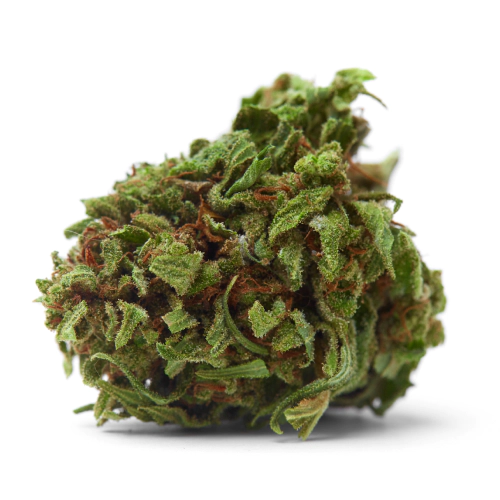
THC 21.61 - 24.36%
CBD 0.23 - 7.12%
Effect Relaxed
Flavor Pine
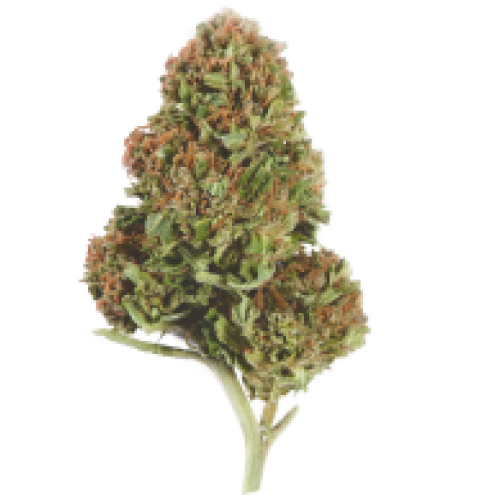
THC 12.33 - 15.33%
CBD 0.13 - 0.44%
Effect Relaxed
Flavor Lemon
THC 20 - 23%
CBD 0.66 - 0.79%
Effect Happy
Flavor Butter
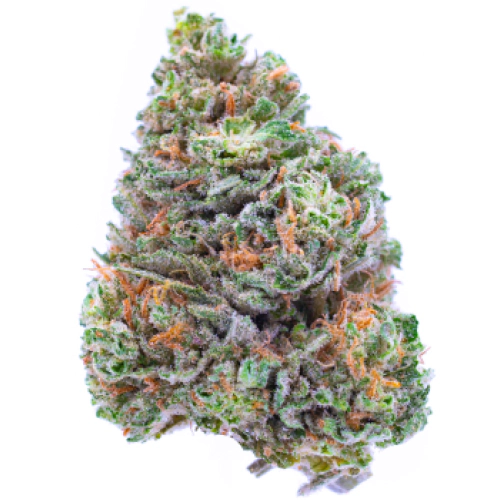
THC 14.5 - 18%
CBD 0.22 - 0.77%
Effect Euphoric
Flavor Earthy
THC 20 - 22%
CBD 0.52 - 0.94%
Effect Uplifted
Flavor Lemon
THC 28 - 29.75%
CBD 0.21 - 0.58%
Effect Relaxed
Flavor Skunk
THC 14 - 17%
CBD 0.06 - 0.56%
Effect Tingly
Flavor Citrus

THC 20.3 - 22.47%
CBD 10.08 - 4.33%
Effect Happy
Flavor Citrus
THC 17.12 - 22.75%
CBD 0.07 - 0.42%
Effect Tingly
Flavor Grape
THC 12.24 - 17.09%
CBD 0.02 - 0.29%
Effect Calm
Flavor Tropical
THC 13.23 - 15.67%
CBD 0.23 - 1.39%
Effect Giggly
Flavor Butter

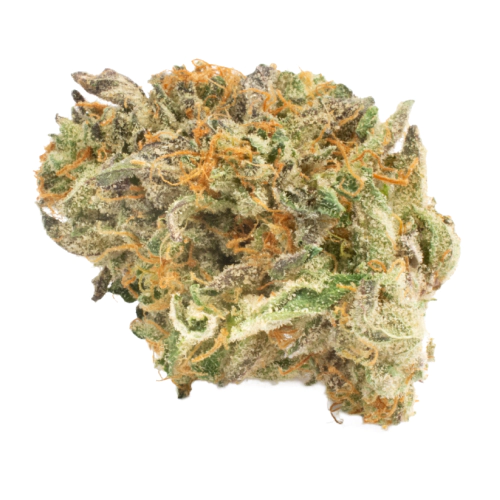
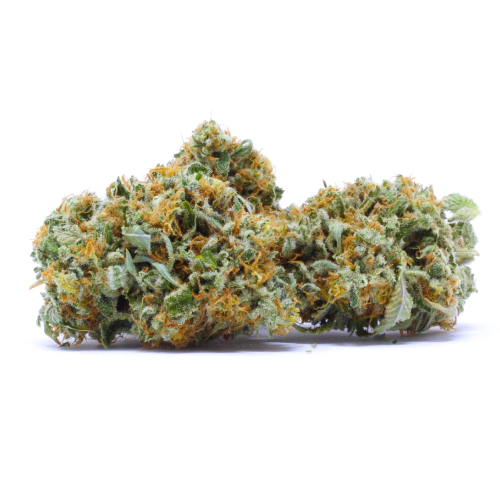

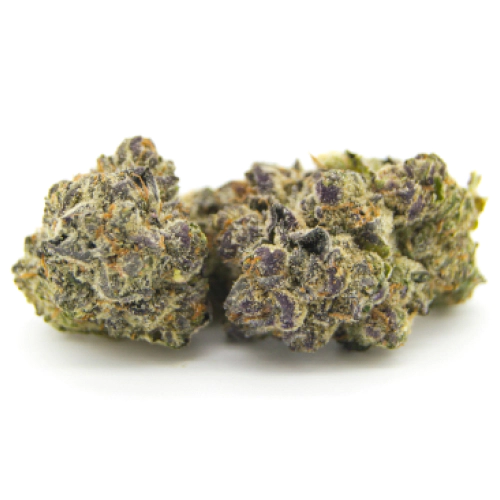

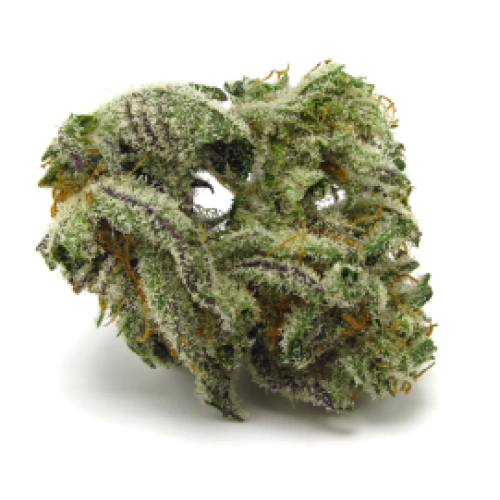
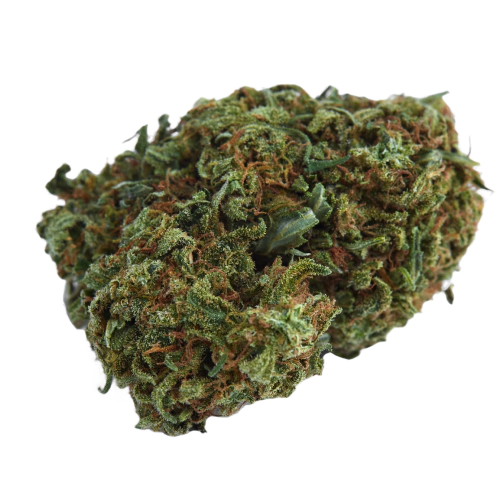
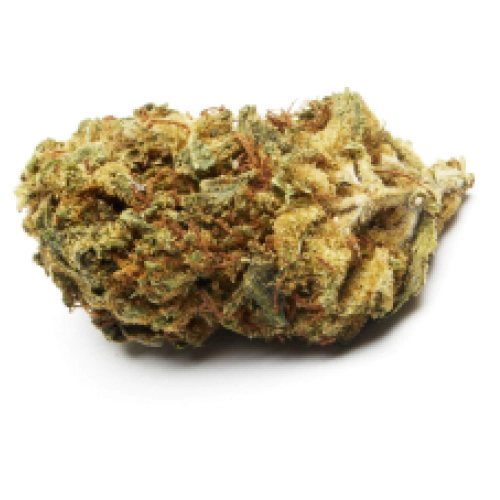
Be the first and share your opinion
Write a Review